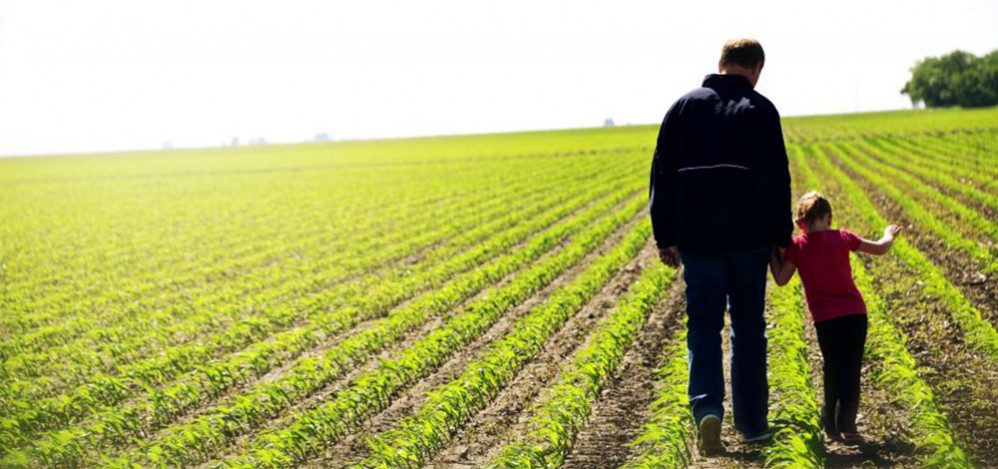Environment

Atrazine and the Environment
Growers, conservation officials, agricultural organizations and state and federal regulators work to promote the use of best management practices for the application of atrazine. Whether used with traditional or no-till agriculture, atrazine provides the following environmental benefits:
- Preventing soil erosion: No-till agriculture dramatically lessens the loss of soil and its nutrients, and prevents the kind of soil run-off that clogs streams and waterways.
- Preventing erosion protects aquatic ecosystems and preserves the quality of our nation’s water.
- No-till agriculture reduces soil erosion by as much as 90 percent when compared to intensive tillage.
- United States Department of Agriculture USDA ranks sediment runoff as the number one pollutant in our nation’s waterways.
- Conserving water: Because crop residue from previous harvests (stalks, husks, etc.) is left on the ground, and the soil is not plowed up, evaporation is limited and more water stays in the soil.
- Wildlife: Atrazine does not affect wildlife diets, because it does not accumulate in the tissues of insects, fish or other animals which may be food sources in the animal feeding chain. Because atrazine ELPS farmers use no-till farming practices, which create habitat for wildlife.
- Cutting fuel costs to famers: Less plowing means lower production costs and reduced emissions because of fewer equipment trips across the field.
- Reducing carbon dioxide (CO2) emissions: the constant plowing up of agricultural land required by old-style agriculture to control weeds results in the massive release of CO2 into the atmosphere from decomposing organic matter in the soil. No-till keeps that CO2 trapped in the ground. Switching to no-till promotes the storage of about 600 pounds of carbon in an acre of soil each year.